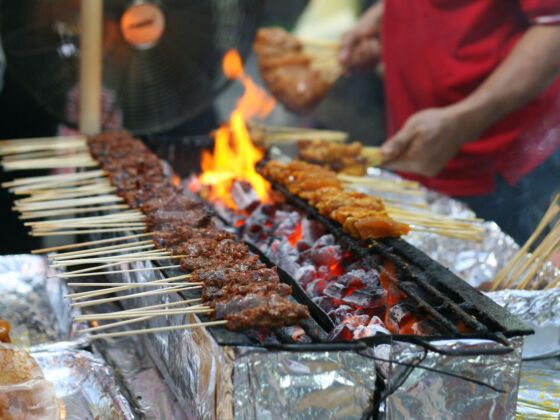Singapore’s legendary street food culture is finally getting the recognition it deserves. Reuters reported that UNESCO has designated that these “open air food courts” have special cultural significance.
The Southeast Asian country is famous for its late night communal outdoor dining experiences, which feature stalls packed with delicious meals like tempura, seafood, rice, satay, sweet kueh (cakes), noodle soups, and other dishes. These groups of food stalls are known as hawker centers, which are essentially food courts with outdoor seating, set up as a more sanitary alternative to the traditional outdoor food stalls in the 1970s.
